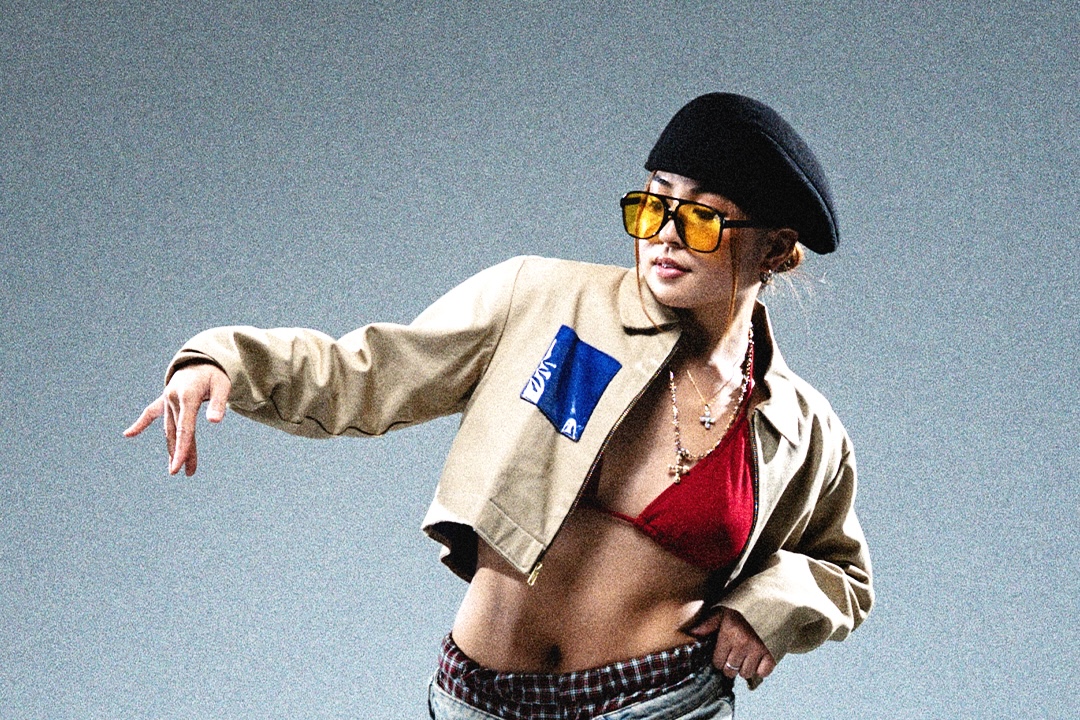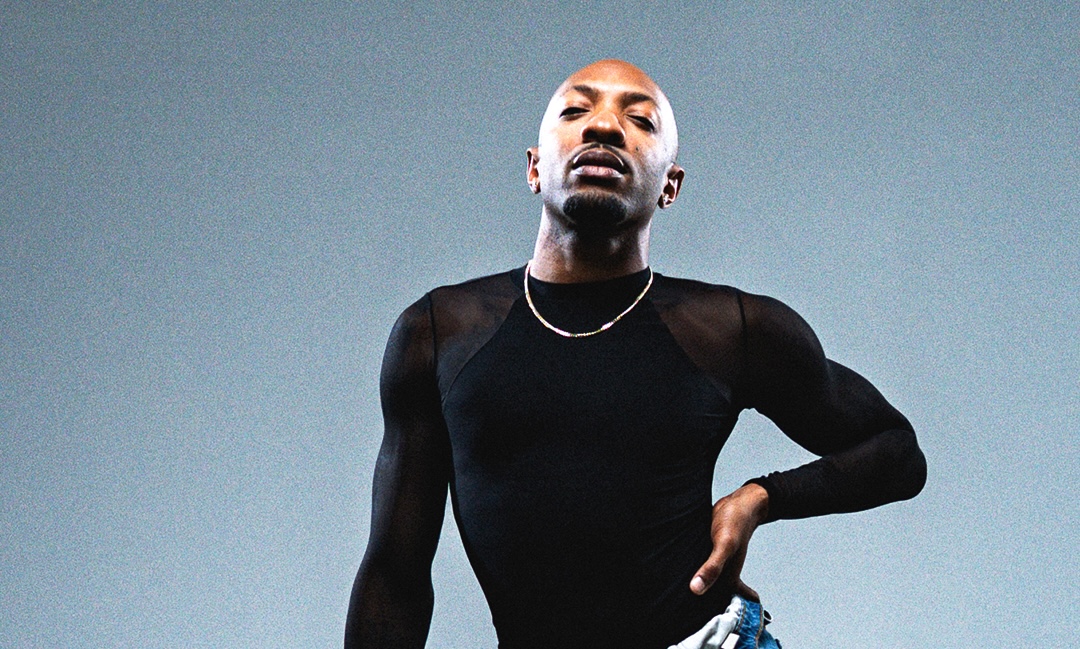As part of H4 (Hip Hop Has History, hosted by Culture Shock LA) on Saturday, February 15th, Gerald Nonato and Jon Shih gave us some insight on their dance cinematography ventures. Are you an aspiring cinematographer? A dancer who wants to take your work to the next level? Or just a curious fan of good videos? Read on to find out more...
The Two Masterminds
Gerald has had an extensive dance bio, including teams like Barkada Modern, PAC Modern, Team Millennia and Breed. While he was on Breed, he started doing video coverage for his friends' performances at shows, then to filming the entire production. This eventually led him to do official video coverage for Vibe, BodyRock, Bridge, and other competitions.
"I enjoy capturing performances. Since I was a dancer myself, I know how much hard work goes into each set. I wanted to be able to do each performance justice and make sure it is documented in the best way possible. This is my way of giving back to the community."
Jon also has dance experience, but was more focused in his studies. He went to school for graphic arts (like photography and videography).
"Dance cinematography combines so many art forms. The music, movement, shooting, editing- it's a synergy that caters to my background."
The Equipment
You can't produce a good product without the right tools. These are some things Gerald and Jon use for their work.
1. Steady Cam + Front Row Dolley
You've probably seen this set up at the front of the stage at competitions. Sliding the camera lets you capture subtle movements, instead of keeping the shot completely static. It makes the video look cinematic, and gives it depth.
2. Jib
It's like a seesaw for your camera! A jib lets you capture different angles of your subject, without requiring you to levitate or hang from ceilings.
3. Video Monopod
A video monopod, (A.K.A., a professional selfie stick?) is great for event coverage. It lets you quickly capture a scene, then move on to the next without having to set up and take down for each shot.
4. Tripod
Gerald uses tripods for wide-shots at competitions- he sets a camera up at a fixed location, and leaves it there for the whole show to get the regular performance videos.
5. Cameras & Lenses
Gerald and Jon shoot on Canon, Sony, & Panasonic DSLR's with a few different lenses. Canon 50mm, Canon 24-70, Canon 70-200, Tokina 11-16, Sigma 18-35. They try to use all the lenses available to cover any situation, especially because different lenses can convey different emotions.
The more lenses you use to shoot, the more content you'll have to choose from when editing in post-production. Don't regret not capturing something a certain way!
Gerald's advice regarding equipment: Rent before buying!
Cameras and equipment can get very expensive. If you're just starting out and are unsure of what tools work best for you, try them out before investing.
6. Lighting
They use hot fresnel lighting with "barndoors" to be able to shape light instead of having it spill everywhere.
They also recently started using new LED lighting, which is great for working on productions that have no available power, as they can be run on batteries. This opens up the possibilities of shooting in remote, or otherwise difficult locations.
Post-Production
For editing software, Jon uses Adobe Premiere and After Effects. Gerald uses Final Cut Pro X for shows and events.
As you may know, we've all been spoiled by the short wait-time between the end of a show and the morning-after videos. Gerald's secret to quick uploading?
"Organize your laptop and workflow. Know exactly where everything is, and don't clutter your computer with unnecessary files. Efficiency is key in working and producing quickly."
For The Shoot
Regarding concept videos, as dancers, we must do our part to help the production team as well.
"Go into the shoot knowing what you want. You have to be aware of your motive from pre- to post- production."
- Gerald
So if you're working with a team to shoot a video, communicate as much as you can. Shot lists, images for inspiration, a storyboard- anything that will effectively make your vision come to life. Once the team sees it, you can work on making it.
"In editing, we don't just throw in random effects to make it"look better-" it has to make sense. It's all in the details that separates professional videos."
- Jon
Because these two understand dance, they have an intuitive sense of how to enhancing movement that already choreographer wanted to highlight. The same way good choreography "makes sense" on the body, good editing will "make sense" to the eye.
Reel
Check out some of Gerald and Jon's work! You'll be surprised to see that so many of the videos you've liked or shared have artists OTHER than the choreographer involved- these two!
Resources
Gerald and Jon didn't get where they are by sitting idly about. They were genuinely interested and passionate about their craft, and dedicated themselves to learning as much as they could to become better at it.
Gerald follows blogs for technical research because he's not professionally trained. But he is living proof that you don't need to be enrolled in a class to master a skill. If anything, gaining exposure through professionals with real-life experience is more useful.
Jon advises you to watch movies, and pay attention to the aesthetics you like. This way, you can become more familiar with certain cinematographic concepts. Then you can learn to manipulate the shot and editing, while adding your flavor to it.
Further, always take each shoot as a learning experience. Things will go wrong, unexpected mishaps will happen. But whether it's the weather, an unprepared choreographer, issues with the set location- no experience will be perfect, and no two productions will ever be the same. To be able to be confident to tackle anything, you have to embrace each mistake and mishap as a stepping stone to a better experience in the future.
What's Next For Gerald and Jon?
Since dance- cinematography is a relatively new concept (concept, heh), at least for our community, Gerald and Jon can be seen as sort of pioneering a movement. Fusing dance and cinematography is an exciting idea- giving artists a new element to how they showcase their work. They want to develop what they do to new heights.
Gerald personally wants to work on more narrative and sketch work.
"I've been trying to step back and learn more about what it means to be a cinematographer, specifically how to work with light to tell a story or invoke emotion. I've slowly been applying lighting techniques i've learned from being on set or what i've learned online toward some of my recent works. Narrative work is exciting for me because we're trying to tell a story, so I get to be more creative in trying to make it visually appealing with the combination of lighting and camera work.
Dance is ever-evolving, and the supporting skills are, as well. With videography and dance coming together- videographers and dancers must come together as well. Hopefully Gerald and Jon answered your questions or gave a few tips that will prove useful in your next project.
After reading this high-level breakdown, what do you wish to learn more about? Leave a comment below and we may follow up with Gerald and Jon!
Feel like you're ready to try your first concept video? Check out a few of our tips on creating a good concept video here!










